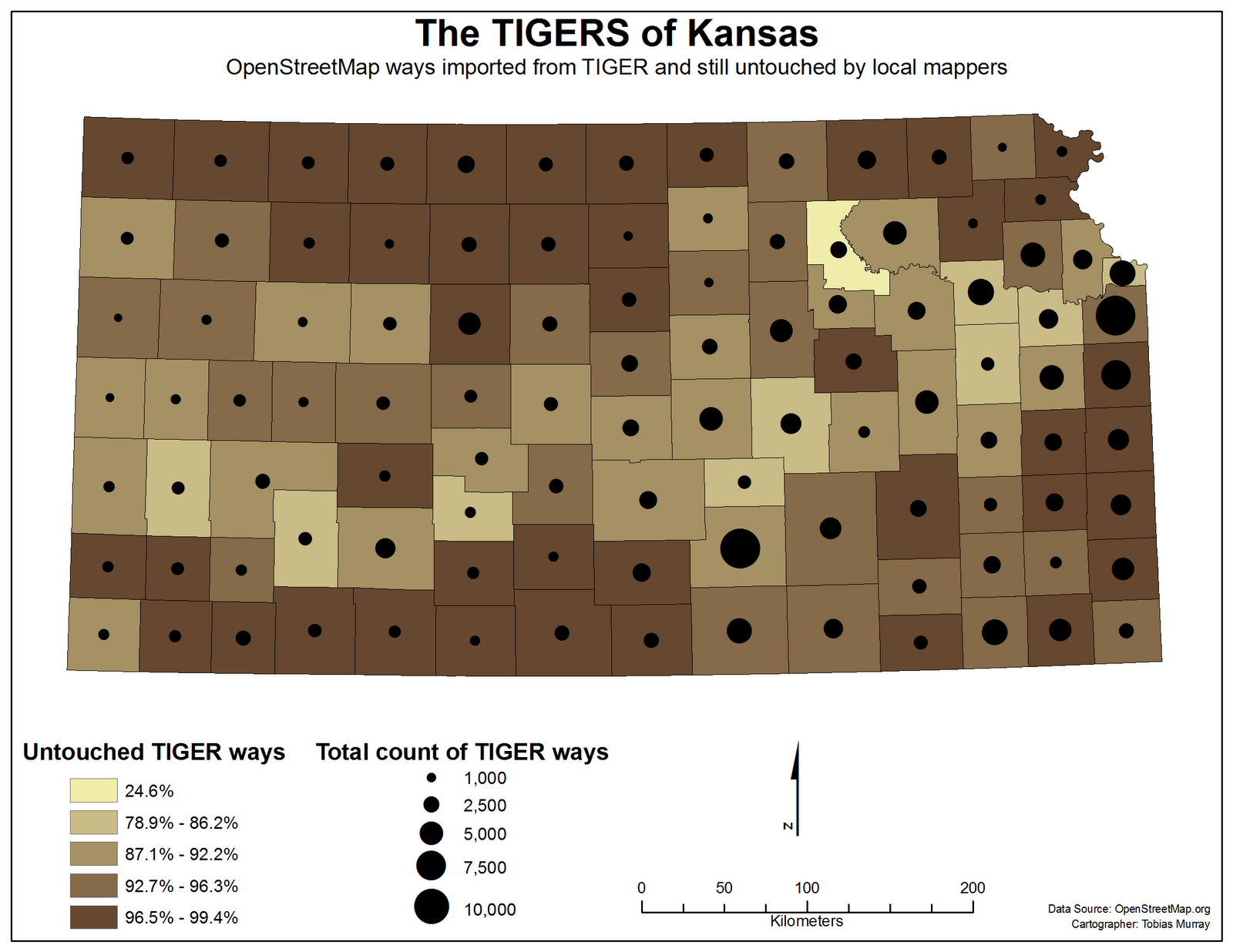In a recent post, I was examining whether OpenStreetMap is a suitable place for open governmental geodata by cross-checking if the OpenStreetMap is compliant with the ten principles for open data. Out of the ten principles, nine can be considered compliant and one non-compliant. Meanwhile, I have discussed this topic with a wide range of people and read many articles. However, I have not yet found any place that would be perfect for open governmental geodata, not with ESRI or elsewhere.
In addition to the ten principles, another requirement emerged that was almost always stated by the authorities that look for publishing data: The data should not only be available for download in a machine-readable format, but a user should also be able to visualise the data.
Finally, I came up with a solution that fulfills all of the requirements: publishing the geodata through the OpenStreetMap tool chain under a public domain licence. This would not only fulfill all of the requirements, but also offer some additional advantages.
What would this look like?
The OpenStreetMap tool chain is the underlying software that is used to store, edit and display the OpenStreetMap data – independent from the data licence. The default tool chain is open-source software that is free of charge and has been thoroughly tested by the more than 300.000 registered users.
The tool chain can be established with a blank database that serves as a target for the authority’s dataset, which is intended to be opened. It can be run by any hosting provider. When the tool chain is set up, the authority can import its data into the empty database and then release it under a data licence of its choice.
The infrastructure enables a machine-readable download of the data, displaying the data on the Web or accessing it through the API of the tool chain.
* refers to the ten principles for open data
What are the additional advantages?
The authority can publish the dataset by making use of the OpenStreetMap infrastructure without being bound to the OpenStreetMap licence. As the tool chain is free of charge, costs apply only for establishing and running the infrastructure.
In addition, a dataset that is published through the OpenStreetMap tool chain can be easily imported into the OpenStreetMap data so that the OpenStreetMap community can benefit from the data.
The authority also has the option to make their data available in a read-only or editable form. In the case of the latter, everyone who can edit the OpenStreetMap data is also able to edit the authority’s data, as editors such as JOSM or Potlatch would be fully functional on the authority’s dataset.
Who can help?
In principle, everyone who is involved with OpenStreetMap can assist. A handful of companies exist that are in position to establish such an infrastructure, provide guidance and import the dataset into a “blank OpenStreetMap database”. The selection process for the right integration partner could be performed by a tender process. However, the company that is probably most suitable is Geofabrik in Karlsruhe, Germany. The company has several years of experience with the tool chain and it knows how to convert and import datasets of any format.






